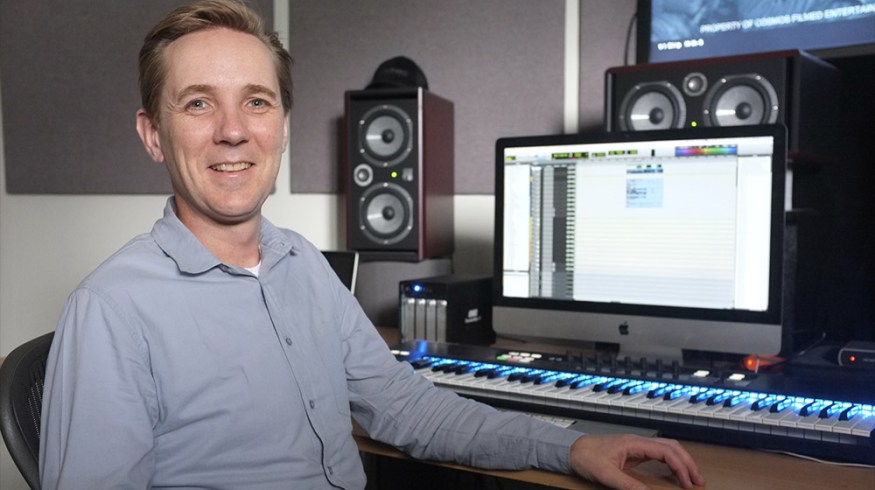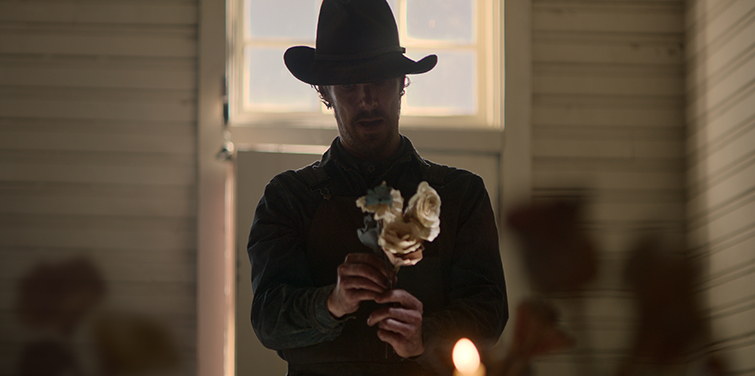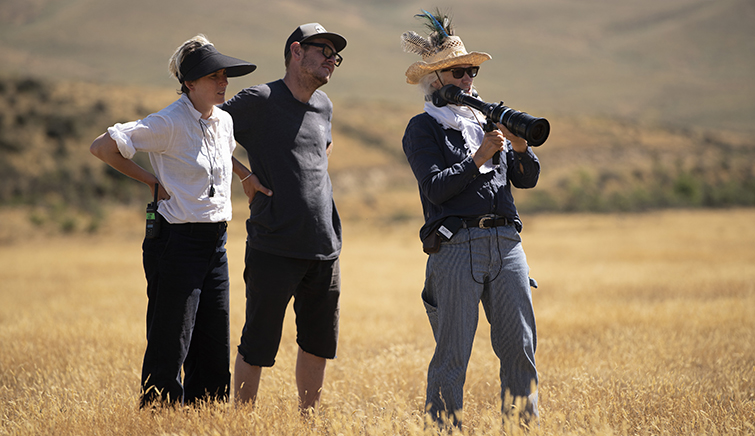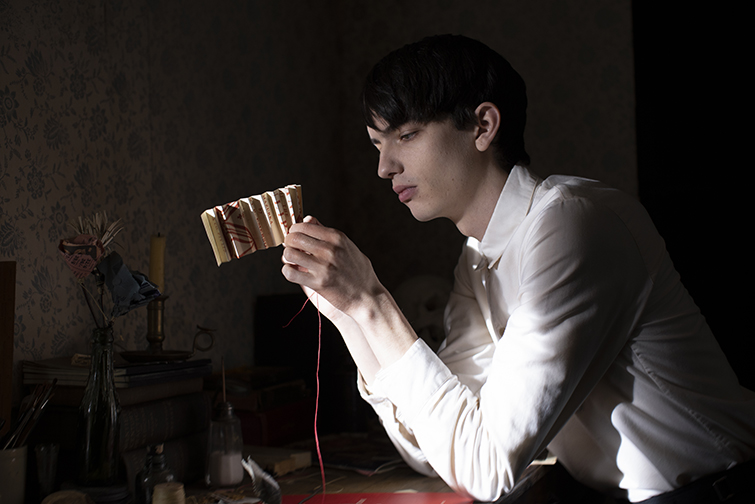
Exploring Audio with Robert Mackenzie in “The Power of the Dog”
We chatted with supervising sound editor Robert Mackenzie to talk about what makes The Power of the Dog so auditorily unique.
While the jury is still out on its Oscar worthiness, it’s undeniable that The Power of the Dog will be remembered for many reasons and for years to come.
From its powerful direction from Jane Campion to its beautiful cinematography from Ari Wegner to its chilling score from Jonny Greenwood, The Power of the Dog has top-notch performances.
However, to those who like not only to watch movies but also listen to them—like really listen to them—The Power of the Dog might be one of the best examples of how sound design can be the most potent aspect of a film’s construction.
We sat down with Robert Mackenzie to discuss what makes The Power of the Dog so unique and shine some light on what a sound designer is (and how you can become one).
PremiumBeat: What initially drew you to sound design? And how did you get started in your career?
Robert Mackenzie: I began my career as a musician in Melbourne. Following the advice of responsible adults, I added another “string to my bow” by studying audio engineering.
At the same time, I was very into film. It was the ’90s, and there was a very strong arthouse film scene. Local cinemas were showing new films from people like David Lynch and Krzysztof Kieślowski. The experimental use of sound design in films at that time really inspired me.
I sought out a position at a local film sound company led by engineering legend Roger Savage. He had recorded the first Rolling Stone single and mixed Return of the Jedi. He really put Australian sound for film on the map. Under Roger and others, I learned everything about sound for film, from editing through to mixing.
While the film is ostensibly a drama and a western, it feels like there are mixes of psychological thriller and even horror genre elements in the film. How did these genres mix together in the sound design?

Sound design is a very effective tool in cinema for creating tension and fear. The usual approach is to use dissonant tones, dark drones, shock scares, etc. The Power of the Dog uses none of these devices. Instead, it is a very naturalistic soundscape. We focused on highlighting details and intimacy.
A good example of this is the beginning of the film. When Phil first walks into the house, we hear his boots and spurs in very heightened detail. Through the sound of his boots, we understand his intended masculine dominance. The weight of his presence is projected throughout the house, immediately giving the audience an insight into his character.
Another example is when Rose enters the house intending to practice the piano piece George wants her to play at the upcoming dinner party.
She walks in the main room of the house and closes the doors. When she does so, we hear the sound of the wind through the gaps in the doors. This intimate detail signifies Rose isolating herself inside the house. That sense of isolation puts the audience on edge as we know how vulnerable she is going to be to Phil’s intimidation.
There are many more examples throughout the film of how the intimacy of the sound gives the audience an insight into the vulnerability of the character, therefore, adding to the tension. You’ll just have to watch it and listen!
There are a lot of specific sounds in the film (the jangle of spurs on a wood floor, the braiding of rope to make paper flowers, etc…). What was your approach for bringing these small but important sounds to life in the film?

This is really where the Foley team shines. Foley artist Mario Vacarro and recordist Alex Francis used their many years of experience to bring these details to life. They used many different props to create the sound of the spurs, for example. Sound designer Dave Whitehead also recorded different varieties of spurs and boots.
Re-recording mixer Tara Webb then took all of those elements (around twenty-five different spur sounds) and blended them with Richard Flynn‘s location recordings to create what you hear in the finished film. One clever trick Tara used was to utilize Richard’s location recordings as reverb.
Once the wide sounds of the location sound were phase-aligned with the close recordings, it created an authenticity that can’t be artificially recreated by digital reverbs or impulse responses.
What were the challenges and/or opportunities of working with a film score from a very talented, yet unique, composer like Jonny Greenwood?

There were exactly zero challenges working with Jonny’s score. It came in fully-formed and expertly engineered by Graeme Stewart.
Both the score and the sound design were developed throughout the film editing process. Jonny would have discussions with Jane and send sketches through to the cutting room. Likewise, we would do stereo mixdowns of our work and send them through. This way, Jane could hear what everybody was bringing to the table, and she could sculpt and curate what the film required.
For those first starting off in film and video, and specifically starting to experiment with sound design on their own projects, what advice would you give them to help better learn the craft?

I would advise anybody starting out to listen to what the Beatles did with four tracks on analog tape or what David Lynch did on a moviola. You should only be limited by your imagination.
Our job is to serve the artistic vision of the director. You need to use any/all tools at your disposal to realize that artistic vision.
For more industry interviews and audio editing insights, check out these additional articles:
- Cinematic Tips: Shooting 35mm with the Filmmakers of “Wake”
- The Secrets of Peacemaker’s Storytelling Success
- Every Podcast Editing and Recording Software, Ranked
- A New Take on Classic Horror with DP Ricardo Diaz
- Denis Villeneuve and Clever Workarounds Filmmakers Use on Set
Cover image courtesy of Robert Mackenzie.





